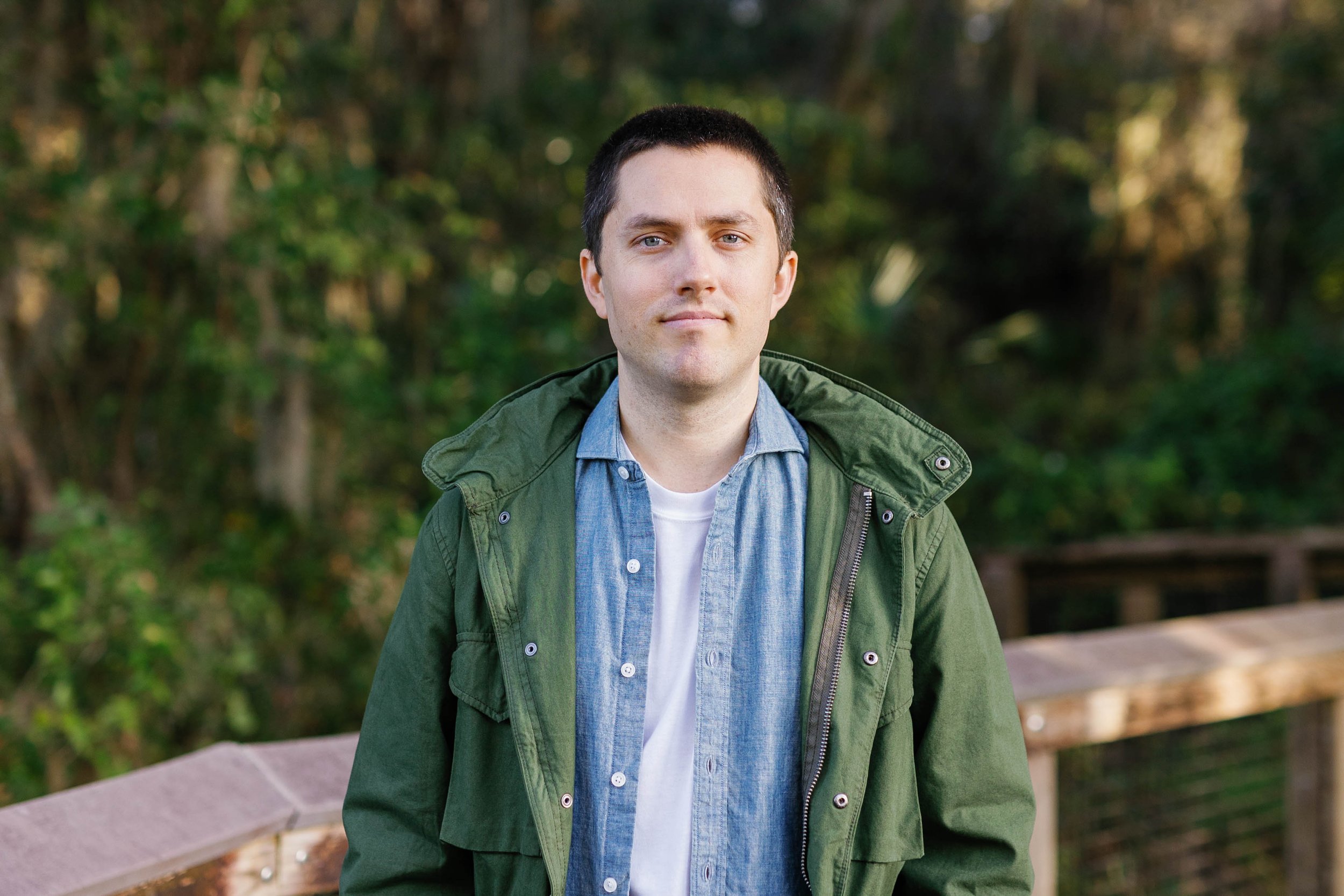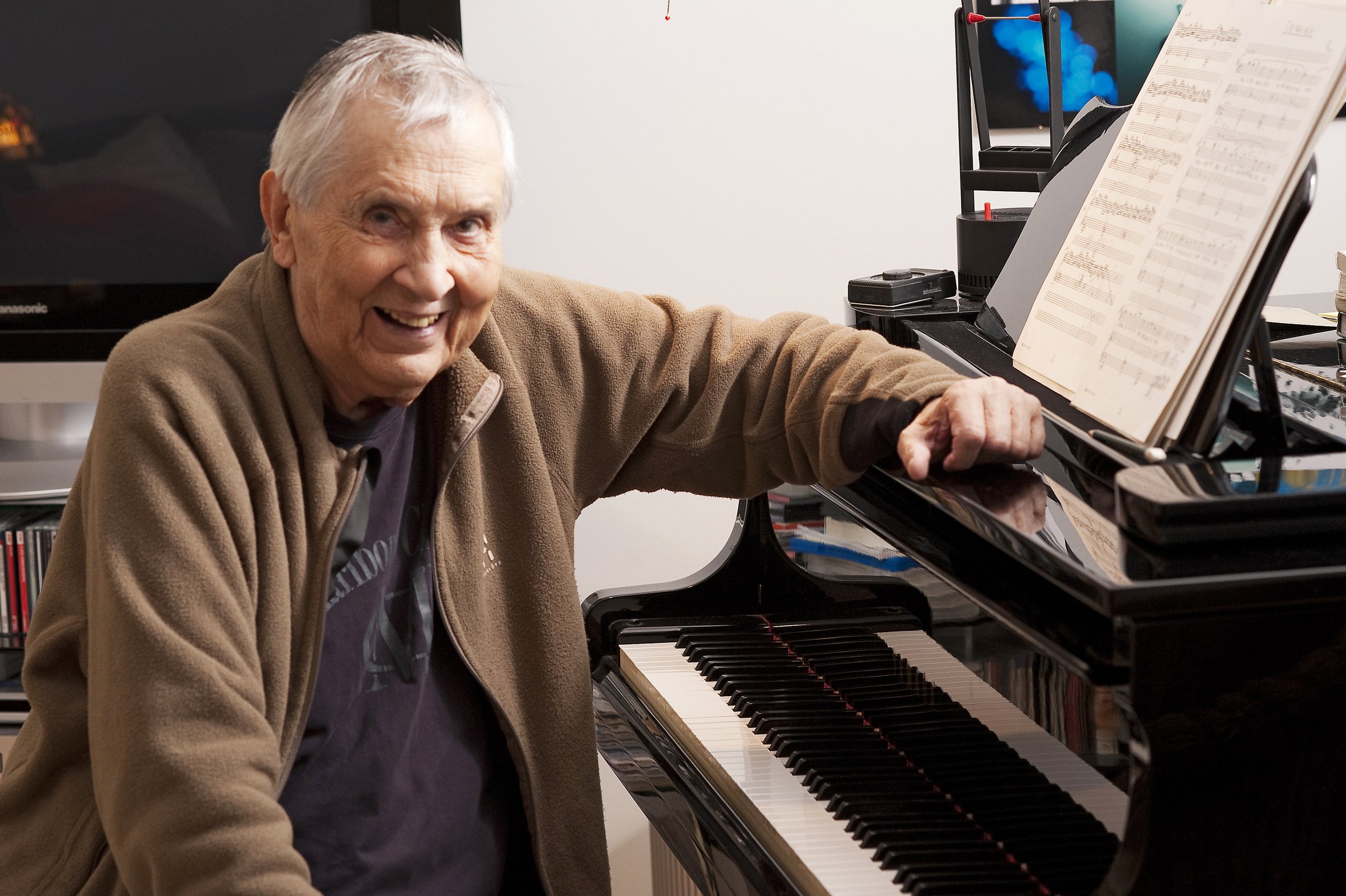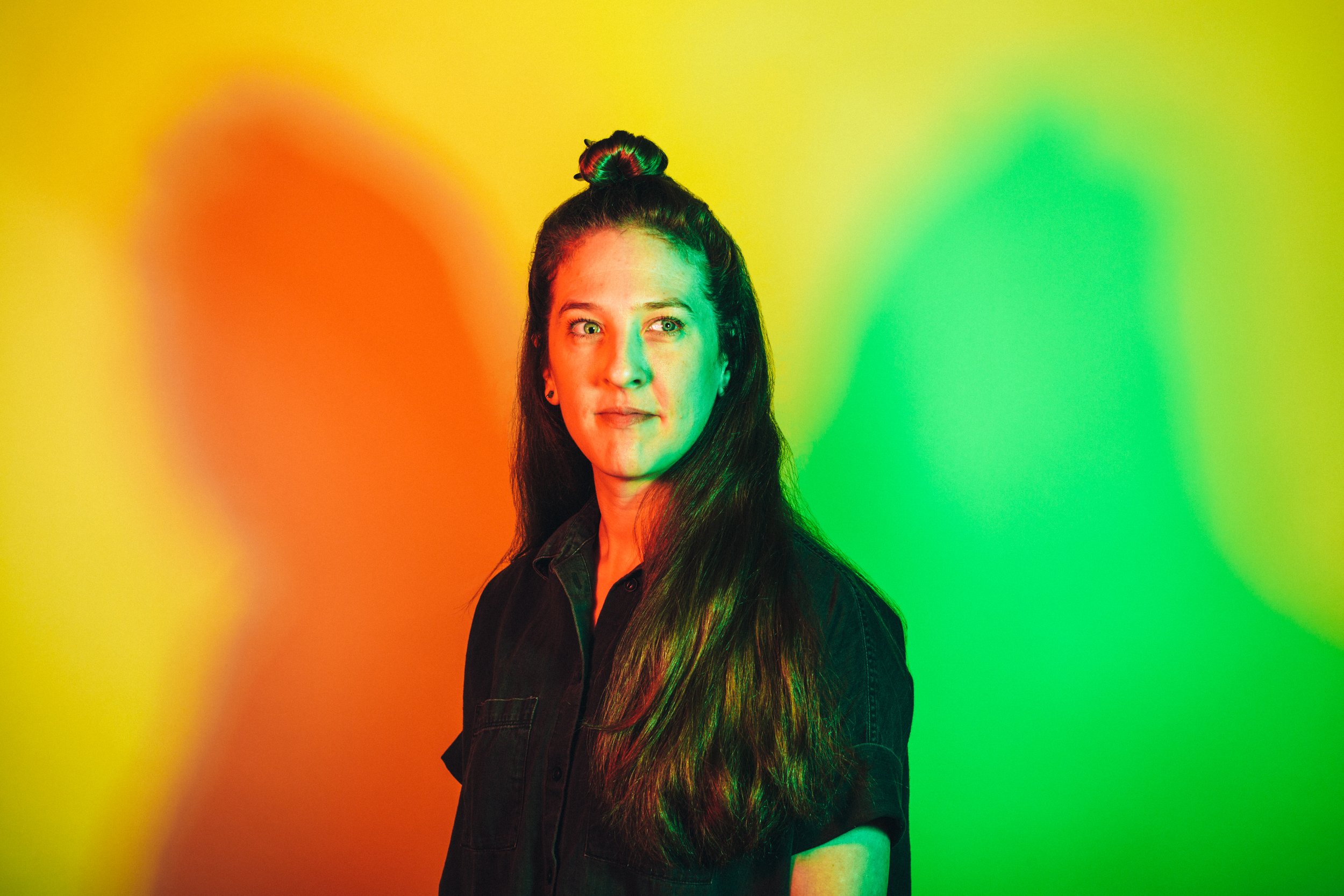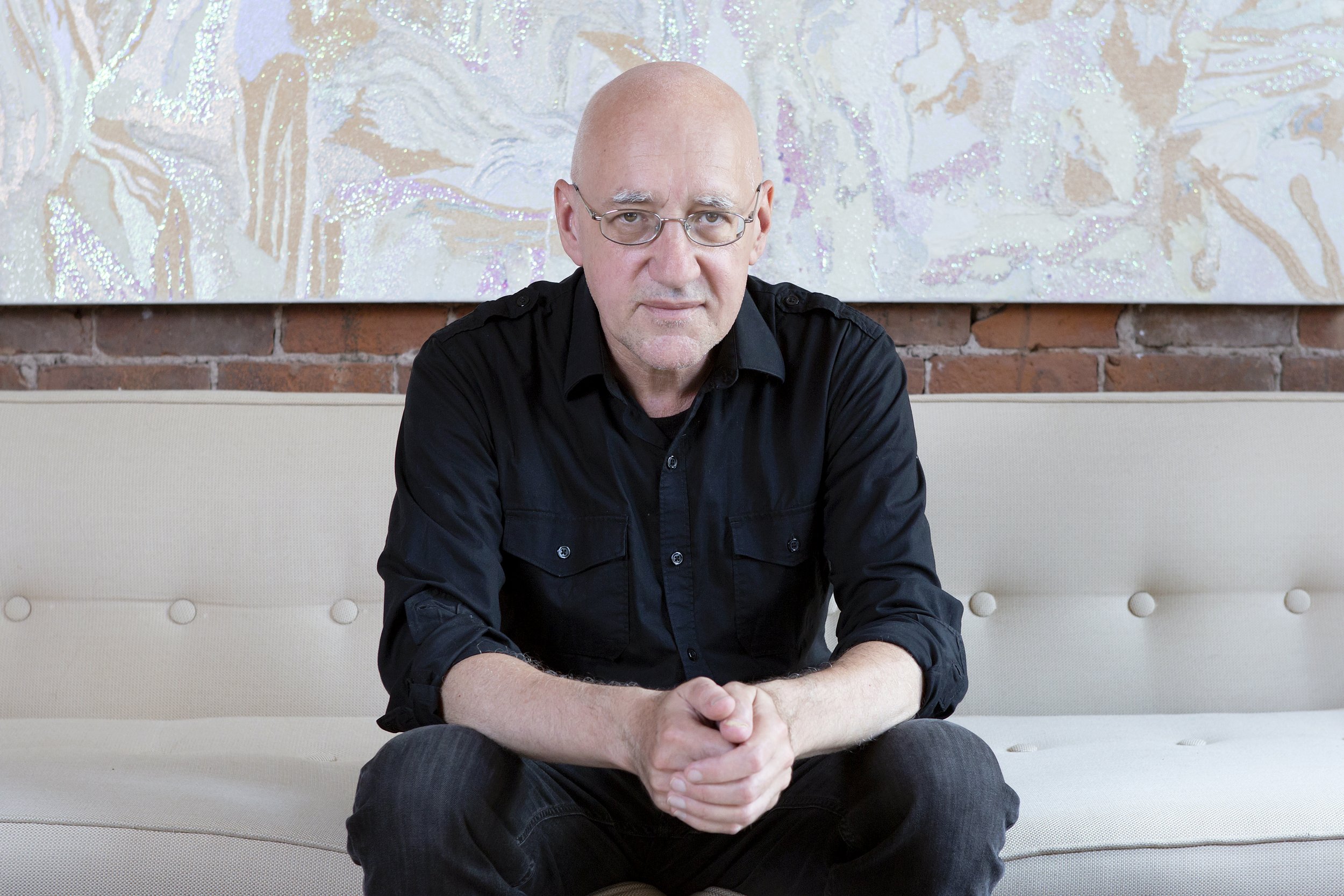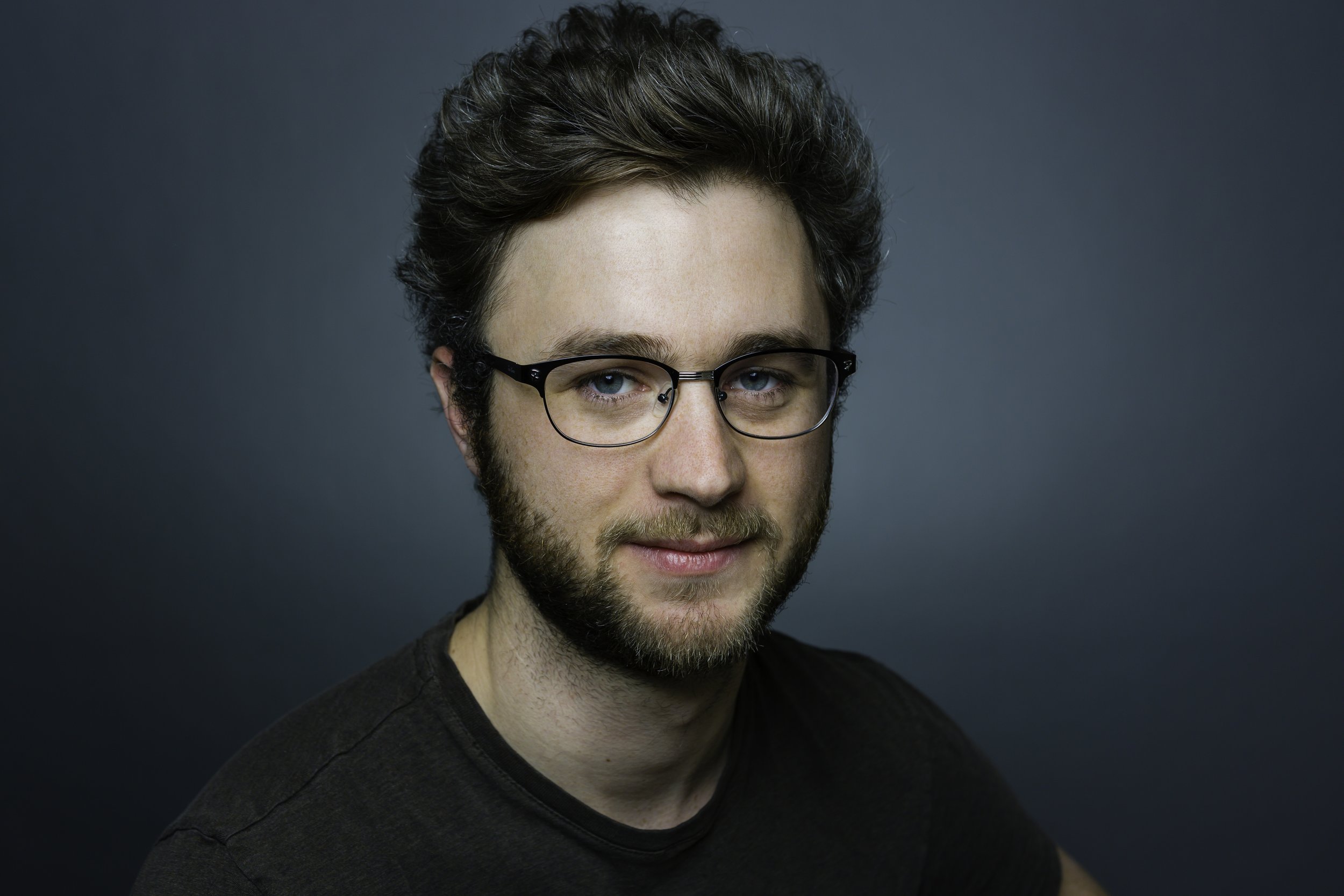
10/23/23 – 7:30pm
First Congregational Church
1031 S. Euclid Ave
Sarasota FL 34237
Streaming Online via www.ensrq.org
enSRQ premieres Scott Lee’s Karst, written for Artistic Directors Samantha Bennett and George Nickson, the first of this season’s two commissions. Devoted to the joyous interplay of dynamic contrasts, ‘Night and Day’ includes string, harp and percussion pieces from Molly Herron, Sebastian Currier, Einojuhaari Rautavaara, and Sam Adams.
enSRQ Artists Underwritten by Bob & Debbie Hendel and Ben & Gigi Huberman
Live-Streaming made possible by the generosity of Edward and Annette Eliasberg
Program
| Scott Lee |
Karst – 13' enSRQ Commission & World Premiere |
|
I. Bounce II. Swell III. Groove IV. Drivft V. Follow |
|
Samantha Bennett, violin George Nickson, percussion |
| Einojuhani Rautavaara | “Les Cieux Inconnues” (Unknown Heavens) (1997) – 9’ |
| I. - |
|
Samantha Bennett and Jennifer Best Takeda, violins Stephanie Block, viola Natalie Helm and Jamie Clark, cellos |
| Sebastian Currier | Night Time (1998) – 17’ |
|
I. Dusk II. Sleepless III. Vespers IV. Nightwind V. Starlight |
|
Samantha Bennett, violin Emily Levin, harp |
| Molly Herron | Ebb Tide (2018) – 8’ |
|
John Miller, bass Hannah Sun Ripert, piano George Nickson, percussion |
| Samuel Adams | Sundial (2021) – 15’ |
|
Samantha Bennett and Jennifer Best Takeda, violins Stephanie Block, viola Natalie Helm, cello Geoge Nickson, percussion |
Scott Lee
Praised as “colorful” and “engaging” (The Philadelphia Inquirer), Scott Lee’s music often takes inspiration from popular genres, exploring odd-meter grooves and interlocking hockets while featuring pointillistic orchestration and extended performance techniques. He marries the traditional intricacy of classical form with the more body-centered and visceral language of popular music, crafting compositions that are both “rigorously contemporary and fully accessible” (AllMusic). The Berkshire Edge described the world premiere of his Slack Tide, commissioned by the Tanglewood Music Center, as having “moments both of calm and maximum tension...we’ve never heard anything like it.” Currently serving as the Bozeman Symphony’s first-ever Composer-in-Residence, Lee has worked with leading orchestras including the Baltimore Symphony Orchestra, the North Carolina Symphony, the Portland Symphony Orchestra, Symphony in C as well as chamber groups such as the JACK Quartet, yMusic, the Da Capo Chamber Players, and pop artist Ben Folds. Recent commissioners include the Bozeman Symphony, Tanglewood Music Center and Aspen Music Festival. Notable honors include a Charles Ives Scholarship from the American Academy of Arts and Letters, two ASCAP Morton Gould Young Composer Awards, and winner of the Symphony In C Young Composer’s Competition.Lee is currently Assistant Professor of Composition at the University of Florida School of Music. Lee earned a PhD in Composition at Duke University, and also holds degrees from the Peabody Institute and Vanderbilt University.
Learn more at scottleemusic.net.
Karst
is a multi-movement duo for violin and percussion commissioned by and written for ensemblenewSRQ. The title refers to a type of landscape common in Florida, where the ensemble and I are both based, in which the limestone bedrock has been dissolved by rainwater, resulting in features like caves, sinkholes, and freshwater springs. I aim to evoke a cavernous atmosphere in the piece, particularly in the outer movements, by featuring resonant harmonies and spacious textures.
The five movements also function as a series of tandem etudes, where I treat the instruments interdependently by combining them in blended textures, highlighting the percussive elements of the violin and the lyrical potential of percussion. The players trade notes of compound melodies, imitate each other, and contribute to hocketing grooves. Their interplay mirrors the interaction of rock and water in the landscape, which creates new formations not achievable by either alone.
-Scott Lee
Einojuhani Rautavaara
(1928 - 2016) was born in Helsinki and studied with Merikanto at the Helsinki Academy (1948-52), with Persichetti at the Juilliard School in New York (1955-56), and with Sessions and Copland at Tanglewood (1955). He first came to international attention in 1955 when the neo-classical A Requiem in Our Time for brass and percussion won the Thor Johnson Composer’s Competition in Cincinnati. He studied serialism and soon integrated twelve note techniques, without displacing his essential Romanticism. In the late 1960s Rautavaara distanced himself from serialism and his mystical character came more to the fore in music of rich colour and sweeping melodic profile, at once accessible and evocative. His operas have often explored issues of creativity and madness, such as Vincent (1986-87), Aleksis Kivi (1995-96) and Rasputin (2001-03). Works by Rautavaara over his final decade included the orchestral work Tapestry of Life (2007), the concertos Incantations for percussionist Colin Currie (2008), Towards the Horizon for cellist Truls Mork (2008-09), and Summer Thoughts (2008) toured by violinist Midori. Einojuhani Rautavaara is published by Boosey & Hawkes.
“Les Cieux Inconnues” (Unknown Heavens) Mvt.1
A commission from the Kuhmo Chamber Music Festival, “Unknown Heavens” began its life as a string quartet. Yet early on Rautavaara sensed that his ideas demanded a fuller, richer palette, thus a second cello was added, and the quartet became a quintet. The subtitle “Unknown Heavens,” with its implications of yearning and religiosity, is taken from a setting of Rimbaud that Rautavaara made for male chorus in the 1970s. A fragment of this piece first appears in the second bar of the first movement, and runs throughout as a unifying motif.
Molly Herron
(b. 1978) “thinks deeply about motion, energy, and the physics of sound” (NPR). Whether writing for baroque strings, flowerpots, or newly designed instruments, her work achieves “a wonderful consideration of counterpoint and sound in time” (Seen and Heard International). Herron’s work has been featured on the Bang on a Can Marathon, MATA festival, American Composers Orchestra’s SONiC Festival, Fast Forward Austin, Berlin Film Festival, and Sundance Film Festival.
She has written for The Orchestra of St. Luke’s, Argus Quartet, Sō Percussion, Contemporaneous, and the String Orchestra of Brooklyn among many others. Her work has been supported by the DeGaetano Composers Institute, MATA, The New York Foundation for the Arts, The Brooklyn Arts Council, the Copland Fund, Avaloch Farm New Music, and Exploring the Metropolis.
Herron received a Masters of Music degree from The Steinhardt School at New York University and a Ph.D from Princeton University. She is an Assistant Professor of Composition and Theory at Vanderbilt University.
Ebb Tide
Ever the hard and unsunk ground,
Ever the eaters and drinkers . . . . ever the upward and downward sun . . . . ever the air and the ceaseless tides,
Ever myself and my neighbors, refreshing and wicked and real,
Ever the old inexplicable query . . . . ever that thorned thumb—that breath of itches and thirsts,
Ever the vexer’s hoot! hoot! till we find where the sly one hides and bring him forth; Ever love . . . . ever the sobbing liquid of life,
Ever the bandage under the chin . . . . ever the tressels of death.
-Walt Whitman, from Leaves of Grass
Sebastian Currier
Heralded as “music with a distinctive voice” by the New York Times and as “lyrical, colorful, firmly rooted in tradition, but absolutely new” by the Washington Post, Sebastian Currier’s music has been presented at major venues worldwide by acclaimed artists and orchestras. With works spanning across solo, chamber and orchestral genres, Currier’s works have been performed by Anne-Sophie Mutter, the Berlin Philharmonic, the New York Philharmonic, the Boston Symphony Orchestra, and the Kronos Quartet. Waves, Currier’s new work for soprano, chamber ensemble, video and electronics, based on Virginia Woolf’s The Waves,was premiered by the Network for New Music in Philadelphia in February 2022, then brought to Sarasota by ensemblenewSRQ in April 2022 Currier has received many prestigious awards including the Grawemeyer Award (for the chamber piece Static), Berlin Prize, Rome Prize, a Guggenheim Fellowship, a fellowship from the National Endowment for the Arts, and an Academy Award from the American Academy of Arts and Letters, and has held residencies at the Institute for Advanced Studies, as well as the MacDowell and Yaddo colonies.
Sebastian Currier is published by Boosey & Hawkes
Night Time
The five short movements of Night Time - Dusk, Sleepless, Vespers, Nightwind, and Starlight - share a sense of quietude, introversion, intimacy, and subdued restlessness. The instrumental ensemble itself, violin and harp, suggested to me right from the start a series of nocturnal moments, where a sense of isolation, distance and quiet thoughtfulness would prevail throughout otherwise thematically contrasting movements. From the distant murmuring sounds in Dusk to the disquiet of the pizzicato ostinato and muted chords in Sleepless, from the contemplative lyricism of Vespers to the rushing passage work in Nightwind, and in the hypnotic figurations of Starlight there is an affinity with a phrase of a Wallace Stevens poem, that I set in another work, Vocalissimus: “in the distances of sleep.” The piece was written for Marie-Pierre Langlamet, harpist of the Berlin Philharmonic, and violinist Jean-Claude Velin. It was premiered at the Philharmonie in Berlin in 2000.
Samuel Adams
(b. 1985) is an American composer whose music weaves acoustic and digital sound into “mesmerizing” (New York Times) orchestrations. Sought after by orchestras and contemporary ensemble alike, he has received commissions from a broad range of organizations including San Francisco Symphony, Carnegie Hall, New World Symphony, The Australian Chamber Orchestra, and Spektral Quartet, and has collaborated with performers and conductors such as Esa-Pekka Salonen, David Robertson, MTT, violinists Anthony Marwood, Jennifer Koh, Karen Gomyo, and pianists Emanuel Ax, Sarah Cahill, David Fung, and Joyce Yang.
The 2023-24 features several world premieres including Eden Interstates, a work for organ and ensemble commissioned by the Los Angeles Philharmonic for organist James McVinnie.
In September, violinist Joe Puglia premiered Adams’s The Last Sound of Venice at the Gaudeamus Festival in Utrecht and will continue to tour the work throughout the Netherlands, culminating in a recording which will be released in 2024. More recently, Adams’s second record entitled Current, which features performances by violinist Karen Gomyo, pianist Conor Hanick, and the Spektral Quartet, was released on Other Minds Records.
Adams was Mead Composer In Residence with the Chicago Symphony Orchestra from 2015 to 2018 and in the 2021-22 season was the Composer in Residence with Het Concertgebouw in Amsterdam.
He is a 2019 Guggenheim Fellow and lives and works in Seattle, WA.
Sundial
scored for string quartet and percussion, engages with the tradition of works for string quartet ‘plus one’—works like W.A. Mozart’s Clarinet Quintet, Franz Schubert’s Cello Quintet D956, not to mention the numerous piano quintets.
Like much of my recent music, this work explores ideas of resonance and brightness. I treat the five voices a little bit like a sustain pedal on a piano. In many passages, the strings elongate the percussion sounds and vice versa, so much so that the instruments on stage might sound like one polyphonic organism arranged not in a hierarchy but in a symbiotic web in which the roles of the instruments are balanced and consistently in flux.
The form possesses a shape similar to its namesake: the five musicians project a series of musical shadows that, unbroken, reveal the passage of time in the shape of an inverted arc. The work is made of two distinct types of music: rocking music—fast, pulsing dual harmonies that sway back and forth—and cyclic music—slightly off-kilter contrapuntal figurations that blossom over long stretches of time. Only in the final minutes of the work does the music break out of these two types of material, ascending to a ringing, intensely bright conclusion.
Although the piece is not explicitly autobiographical, I wrote it during a period that saw a number of immense personal changes, not the least of which was the birth of my first child. The almost blinding joy of having him around has been a counterbalance to the bizarre, shadowy last two years. To me, this duality is the essence of the piece: it is at once a rippling shadow and a meridian sun.
-Samuel Adams


